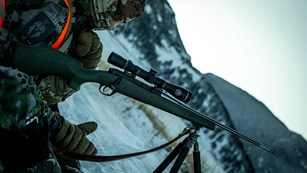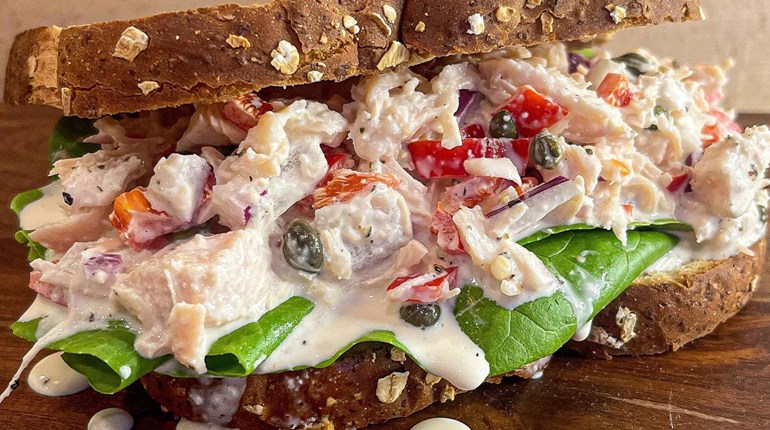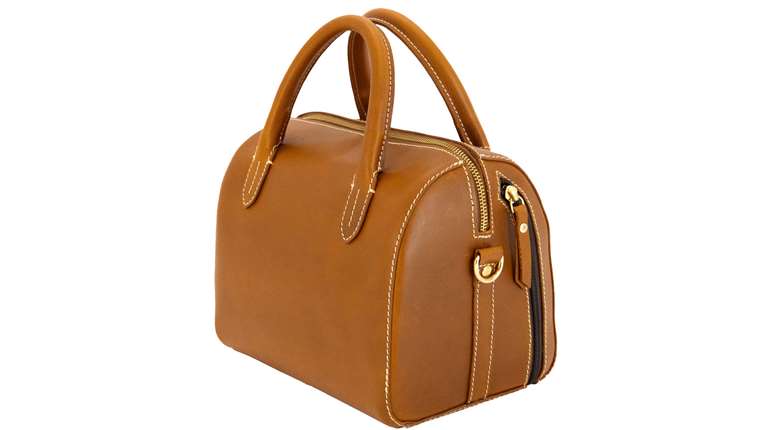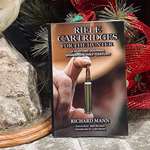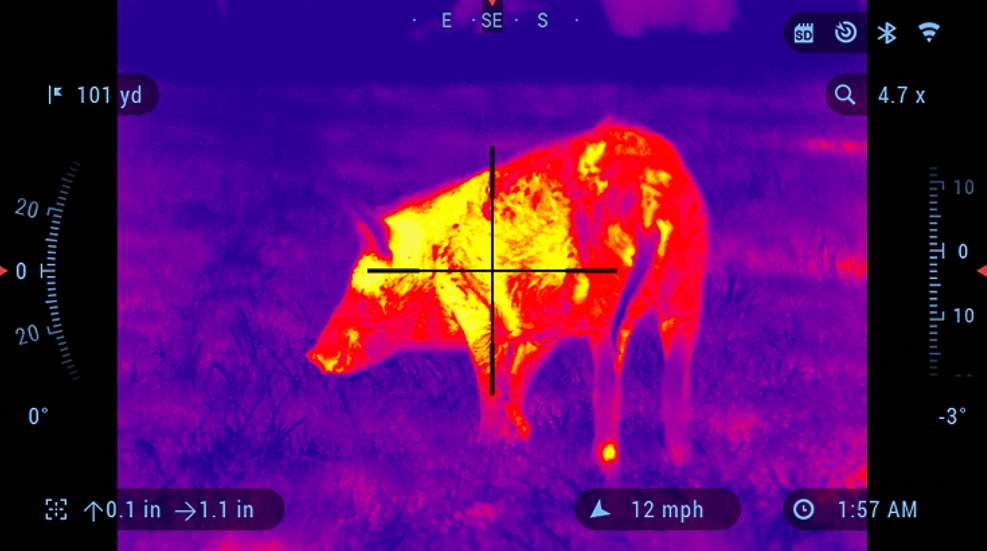
If all you know about “hunting in the dark” is what you’ve seen in the movies, you’re probably envisioning that weird green glow that represents what Hollywood uses for night-vision optics. Thermal imaging is a totally different thing, however, and now that prices have come down out of the stratosphere, hunters are finding thermal to be a valuable tool—especially in the never-ending fight against feral hogs and coyotes, which are commonly hunted at night in many states. It’s legal in many places, but not everywhere, so check your state regulations about the use of thermal and the legality of night hunting.
This is an oversimplification, but essentially, thermal “reads heat.” It picks up on the difference between an object and the air around it. If a feral hog’s body temperature is 102 degrees, any time the ambient air temperature is cooler or hotter than 102 degrees, a hog will show up on thermal imaging. The cool thing about this is that it works exactly the same during the day as it does at night.
Now, you might wonder why you’d need it during the day. What makes it so handy is that thermal works through fog and light brush, enabling you to see things during the daytime that you normally might not through a traditional scope. This can come in handy for scouting and for tracking wounded or downed game.

This photo taken from inside the author's blind was taken well after sundown, on a nighttime hog hunt. Her phone camera picked up much more ambient light than she could see with the naked eye.
And forget about that fuzzy green glow. Most thermal optics today offer a choice of color palettes, from white hot, where the object/target appears white in a black-and-white image, to black hot, red hot, green hot, sepia tone, and rainbow, where the target appears in various shades of red, orange and yellow on a blue or black (ambient temperature) backdrop. Because they’re digital optics, you have all sorts of options—many scopes allow you to change your reticle style, set up different ballistic profiles for different firearms and loads, utilize a built-in rangefinder and ballistics calculator, use picture-in-picture mode for both a wide and a close-up view at the same time, take photos and record (sometimes even stream) video, and adjust all sorts of settings to your liking.
Now, that digital thing does come with a few downsides. Magnification doesn’t work the same way as your traditional riflescope does—because you’re looking at a digital image, the more you zoom in, the more pixelated it gets, so I advise you to learn to shoot without a lot of magnification if you haven’t already done so. Dealing with digital magnification took me an entire night of hunting to get accustomed to the first time I sat in the blind hunting hogs at night with thermal. Target identification isn’t difficult at appropriate ranges, but it will take you a little time to get used to the image and make sure you know what you’re looking at, as details aren’t as crisp as they are with a traditional daytime scope (it’s nighttime, after all).
Hunters typically start with a thermal riflescope, but it’s extremely handy to also have a handheld option in the form of either a binocular or a monocular. This lets you search for game without waving your rifle all around and creating a potential safety hazard. If you can only afford one purchase, start with the scope, because you literally can’t hunt without it, but put a handheld on your list for future purchase—you’ll definitely want one.
The range of prices in thermal is vast: You can get started for a grand or less or you can drop $10k or much more on top-of-the-line gear. You get what you pay for, to a certain extent, but there’s nothing wrong with starting with an entry-level piece to see if thermal is for you before you upgrade to better equipment later—or not.
Three major things to consider when buying thermal: the sensor/resolution, the processor/core and the lens/magnification. The sensor is the engine of the optic; it’s essentially the thing that does the work of reading the heat and showing it to you. Therefore, a higher-resolution sensor will offer you a higher-quality (sharper) image. Sensors are typically expressed as resolution, for example 640x480 pixels, and pixel pitch, for example 12 or 17 um (microns). This gets way over my head pretty quickly, but in general, remember that higher/bigger number resolution means a crisper image—and it also means more expense. The inverse is true with pixel pitch: The lower the number, the smaller the pixels, and therefore the sharper the image. I strongly recommend you look through some thermal optics at a local store, preferably at hunting ranges of 100 yards or so, so you can evaluate how much resolution you can live with relative to your budget.
The processor or core is like the transmission of the optic—it affects how much information can be processed and how much the unit can handle at one time. A more powerful processor lets you have more functions at the same time (streaming, recording, etc.) with less digital lag. Of course, the more powerful the processor, the higher the cost.
The lens or magnification matters, too. As with traditional scopes, more magnification means a smaller field of view. It isn’t better or worse than less magnification; it all depends on what you need. Select your magnification range/lens based on how far you plan to shoot.
Every brand has its own wording for its sensor and processors, so it can take a little digging and research to figure out what’s right for you. But if you’re a night hunter, or even a daytime hunter who’d like to explore the scouting and recovery benefits of thermal, you should consider giving a thermal riflescope a try. It will open up an entirely new world to you after dark and during the day.
